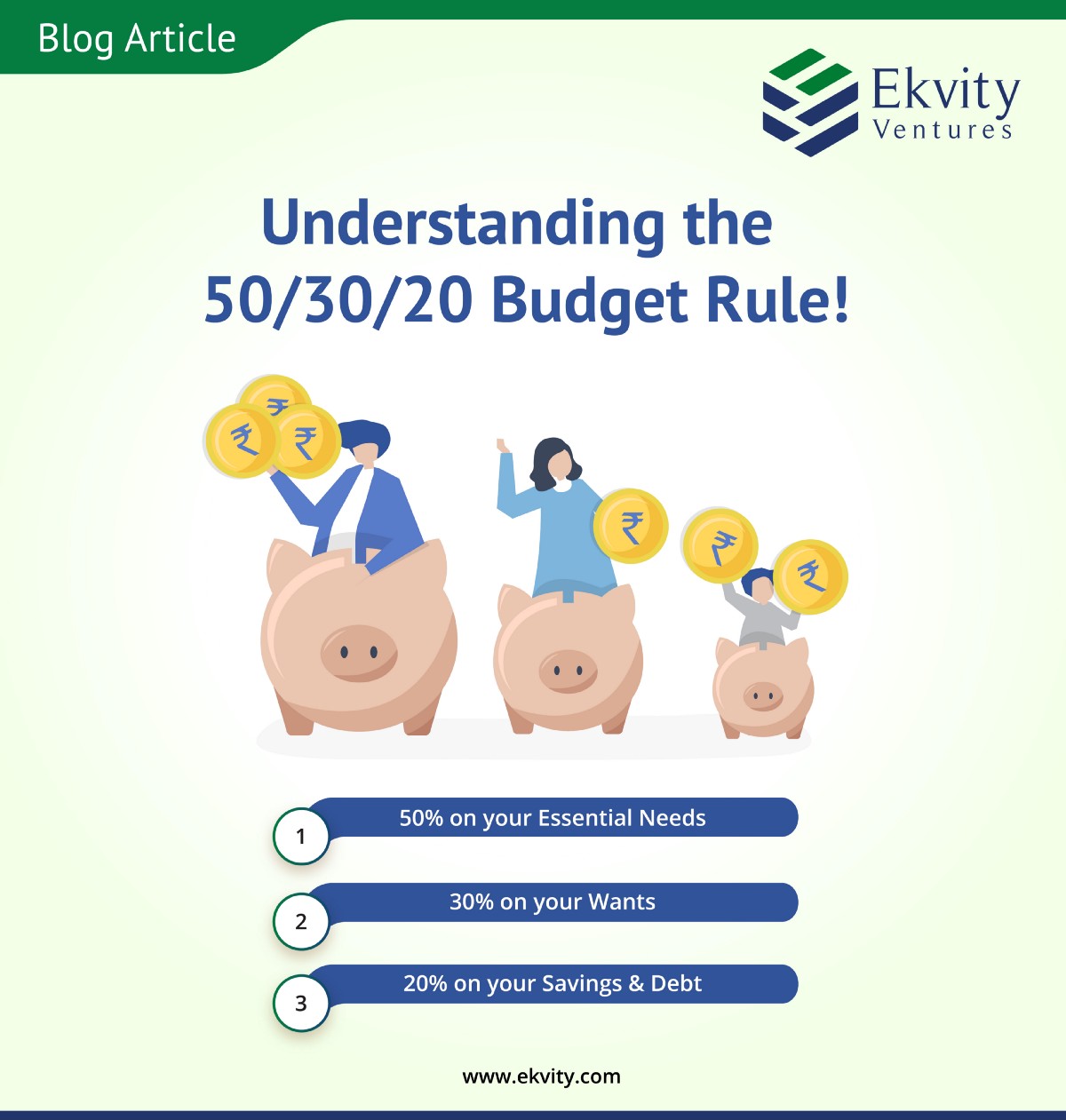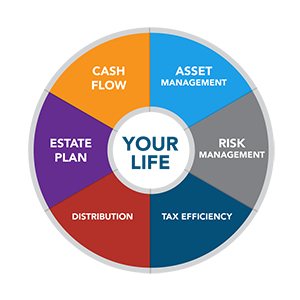
Do you want to know how much the average American person has saved for retirement. We've all heard the statistics, but how much have you really saved for retirement? You're not the only one. Here are some shocking statistics to shock you. These stats include the savings levels of the 35-44 and 55-64 year olds, Hispanic households, millennials, and Hispanic households. These statistics should motivate you to start saving for retirement.
The average retirement savings of 35-44 years-olds
The average retirement holdings of the 35-44 age group are $16,000, and only 64% of this group have more than a few thousand dollars in these accounts. This is not a good sign, considering that this group is typically considered to be on the verge of retirement. A lot of them also have student loans or other debts that are reducing their income. This is why so many people are looking for ways that they can increase their retirement funds.
A person's retirement money needs can also differ widely. The amount you make annually will also affect where you live. Estimating your expenses is one of the best ways to figure out how much money you'll need for retirement. This will enable you to calculate how much you have to save for those expenses.

Average retirement savings of 55-64 year-olds
These people are in the same age bracket as you and have an idea of when retirement will be. They have also saved money to ensure their financial future. A doctor can help them figure out what kind of health is best for them. They have also saved a certain amount of money for education and other important expenses. It is critical to your future savings that you have saved the most in the tenth decade prior to retirement. One way to maximize your money is to invest in a retirement savings program.
The average retirement savings of a 55-64 year-old American is only $172,000, and if you are behind, you may need to start saving now. You can make up the difference if your savings are falling behind by contributing to a 401(k), or an IRA. If your savings are not up to par, you will be able to work longer and earn more. That way, you'll have more income, but you will have a smaller amount to spend when you reach retirement.
Hispanic households' retirement savings average
Research has shown that Hispanic households have 17 percent lower chances of having a retirement plan than those who are non-Hispanic white. This may partly be due to Hispanics' different views on risk and debt, which may make them more focused on their short-term financial goals. Morningstar believes that there are other factors to explain the Hispanic retirement savings disparity. Hispanics tend to be more conservative than their white counterparts.
Hispanics make up 62 per cent of all respondents. They also knew that Social Security benefits are not subject to inflation adjustments if they are married. Hispanics might be worried about their retirement security, which may explain the low level of information about benefits. Hispanic households may have higher savings rates than those of other Hispanics but this does not mean they have less money for retirement.

Average retirement savings for millennials
A recent survey found that only 33% of millennials are saving for retirement, and more than half are spending money on eating out instead. Two out of every five millennials spend more money on coffee alone each year than they do on retirement. Some millennials might not have any retirement plans offered by their employers. Others might be self-employed. Neither group has access to a pension plan. Regardless of the reason, there are steps you can take to set yourself up for a successful retirement and build your nest egg now.
Remember to save as much money possible. NerdWallet estimates that a 26-year old should be able to save the equivalent of one year's salary before they turn 40. Employer contributions can help to supplement this amount. It is important to remember that millennials may need some help to get to the perfect retirement scenario. The median retirement savings of Americans between 50-60 is $8,000. However, the average savings for older generations ranges from eight to ten times higher.
FAQ
What are the benefits associated with wealth management?
Wealth management gives you access to financial services 24/7. Saving for your future doesn't require you to wait until retirement. It's also an option if you need to save money for a rainy or uncertain day.
You have the option to diversify your investments to make the most of your money.
You could, for example, invest your money to earn interest in bonds or stocks. To increase your income, property could be purchased.
If you decide to use a wealth manager, then you'll have someone else looking after your money. This will allow you to relax and not worry about your investments.
What are the Different Types of Investments that Can Be Used to Build Wealth?
There are many types of investments that can be used to build wealth. Here are some examples.
-
Stocks & Bonds
-
Mutual Funds
-
Real Estate
-
Gold
-
Other Assets
Each has its own advantages and disadvantages. For example, stocks and bonds are easy to understand and manage. However, they tend to fluctuate in value over time and require active management. However, real estate tends be more stable than mutual funds and gold.
Finding the right investment for you is key. Before you can choose the right type of investment, it is essential to assess your risk tolerance and income needs.
Once you have made your decision on the type of asset that you wish to invest in, it is time to talk to a wealth management professional or financial planner to help you choose the right one.
Who can help with my retirement planning
Many people consider retirement planning to be a difficult financial decision. You don't just need to save for yourself; you also need enough money to provide for your family and yourself throughout your life.
It is important to remember that you can calculate how much to save based on where you are in your life.
If you're married you'll need both to factor in your savings and provide for your individual spending needs. If you're single, then you may want to think about how much you'd like to spend on yourself each month and use this figure to calculate how much you should put aside.
You could set up a regular, monthly contribution to your pension plan if you're currently employed. If you are looking for long-term growth, consider investing in shares or any other investments.
You can learn more about these options by contacting a financial advisor or a wealth manager.
Statistics
- If you are working with a private firm owned by an advisor, any advisory fees (generally around 1%) would go to the advisor. (nerdwallet.com)
- According to a 2017 study, the average rate of return for real estate over a roughly 150-year period was around eight percent. (fortunebuilders.com)
- According to Indeed, the average salary for a wealth manager in the United States in 2022 was $79,395.6 (investopedia.com)
- As of 2020, it is estimated that the wealth management industry had an AUM of upwards of $112 trillion globally. (investopedia.com)
External Links
How To
How to invest when you are retired
Retirees have enough money to be able to live comfortably on their own after they retire. But how can they invest that money? You can put it in savings accounts but there are other options. For example, you could sell your house and use the profit to buy shares in companies that you think will increase in value. You could also choose to take out life assurance and leave it to children or grandchildren.
However, if you want to ensure your retirement funds lasts longer you should invest in property. As property prices rise over time, it is possible to get a good return if you buy a house now. Gold coins are another option if you worry about inflation. They don't lose value like other assets, so they're less likely to fall in value during periods of economic uncertainty.